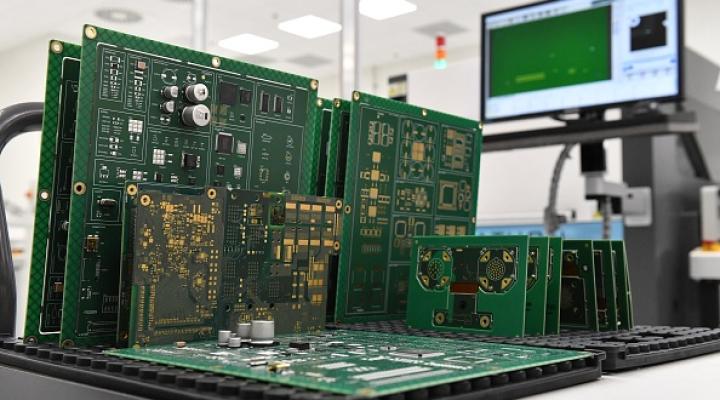Immigration & The Supply Chain Crisis

These issues are greatly affecting our economic future, and even our national security.
“The Bureau of Labor Statistics estimated that there were approximately 10.6 million job vacancies in the United States at the end of November 2021, a dramatic increase from the 6.8 million job vacancies in November 2020 and the 6 million job vacancies in December 2019. The U.S. Chamber of Commerce now estimates that there are only half as many available workers for each open job, and the labor force participation rate remains 1.5 percentage points lower than in February 2020, equivalent to a labor force reduced by more than 2.2 million individuals,” according to a February 2022 report from the Bipartisan Policy Center.
The lack of workers has influenced national policy goals around technology and security. With something that seems simple but is quite a complex necessity: semiconductors.
“America’s economic and national security depend on secure access to leading-edge technologies. Consider semiconductors, which power all modern electronics- from cars and smartphones to military equipment and critical infrastructure. Ongoing global chip shortages have contributed to sky-high inflation and taken a full percentage point off of GDP over the last year,” The Hill reported.
Global Shortages Tied to Immigration
To try to deal with global shortages, leaders from all sides of U.S. government have suggested bringing chipmaking back to the U.S. and decreasing the nation’s dependency on importing them from Aisa. While this is an entrepreneurial solution, the United States does not have enough of the necessary workers to make it happen.
“Without significant reforms, these workforce problems will only get worse. In a recent study, we estimated the staffing needs of the chipmaking facilities that would be built with funding from the new innovation bill and found that U.S. chipmakers would need to hire tens of thousands of additional workers- many of them from overseas, where most of the world’s scientists and engineers with the necessary skills reside. Foreign-born STEM talent already makes up approximately 40 percent of all high-skilled workers in the U.S. semiconductor industry,” Will Hunt, research analyst at Georgetown University’s Center for Security and Emerging Technology (CSET), and Remco Zwetsloot, trustee fellow at the Center for Strategic and International Studies, wrote.
Currently, the immigration policies around green cards and work permits from the ‘90s are still in place. These don’t reflect the changing economic needs of our country, and they are making it harder to gather the talent needed to invest in national needs like chipmaking. As of 2021, 1.4 million people were waiting to receive employment-based green cards, with backlogs leading to projected wait times of several decades for hundreds of thousands of high-skilled applicants
Manufacturing Depends on Immigration
America’s path to global success in the semiconductor or any other industry, won’t happen with additional funding from the government alone. It requires the inclusion of immigration policies that allow currently eligible immigrants to become citizens and quicker process for green cards for future Americans to increase our workforce numbers fast.
Citizenship benefits us all, and this is a prime time to support an eligible immigrant go through the USCIS process. Learn more about OPA to borrow or invest today.



